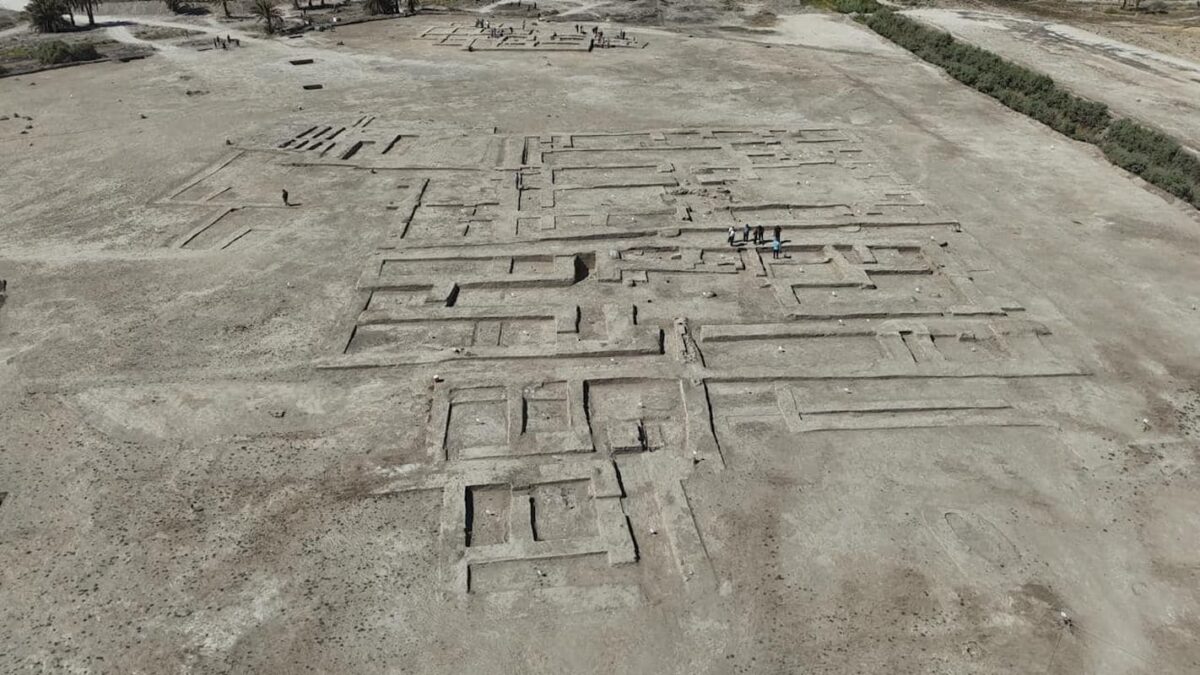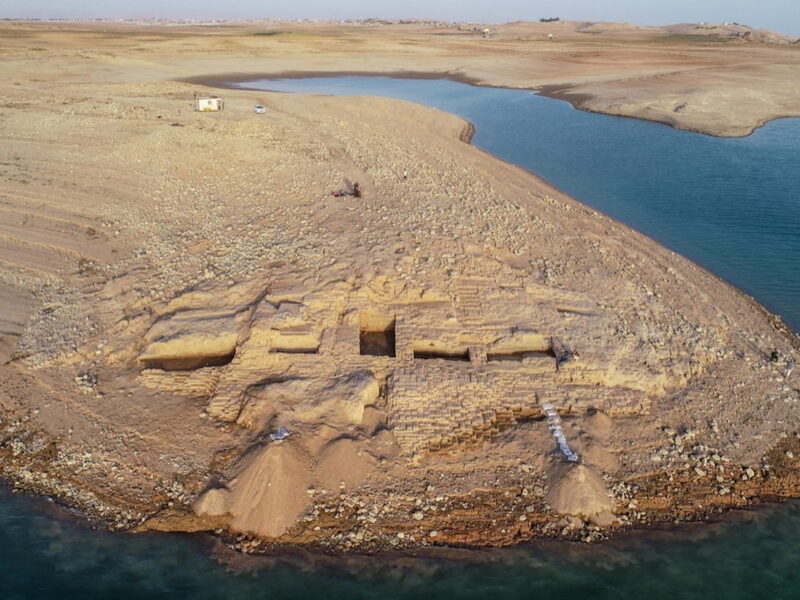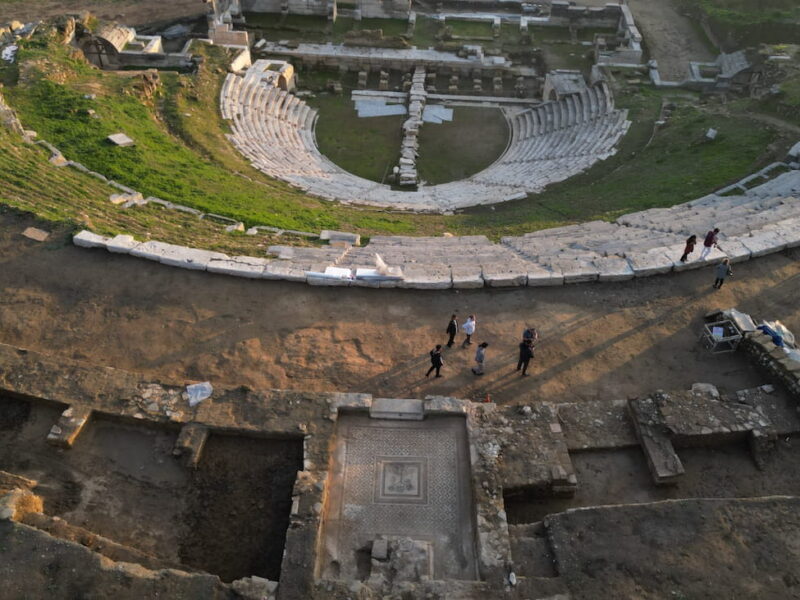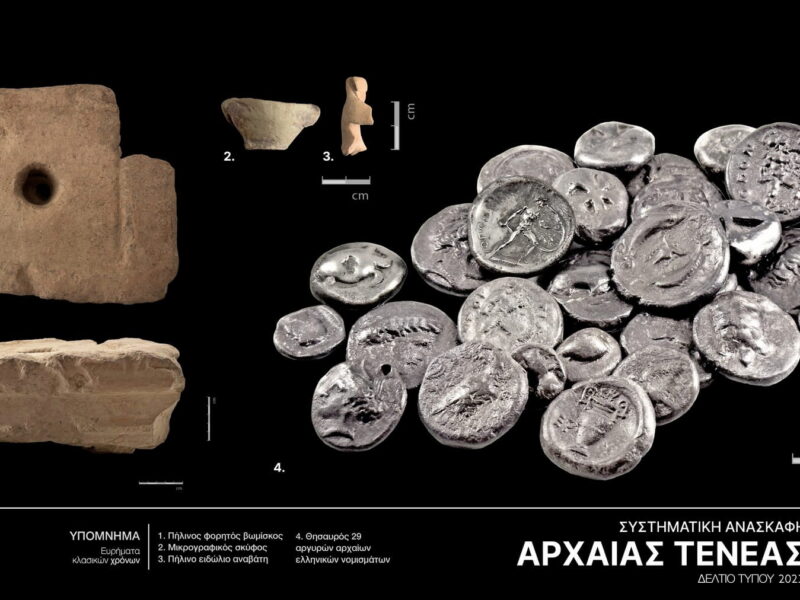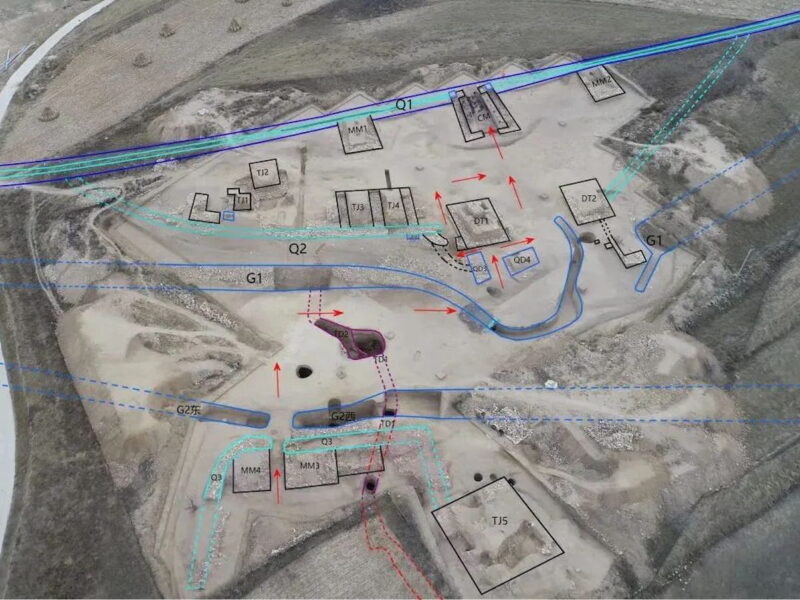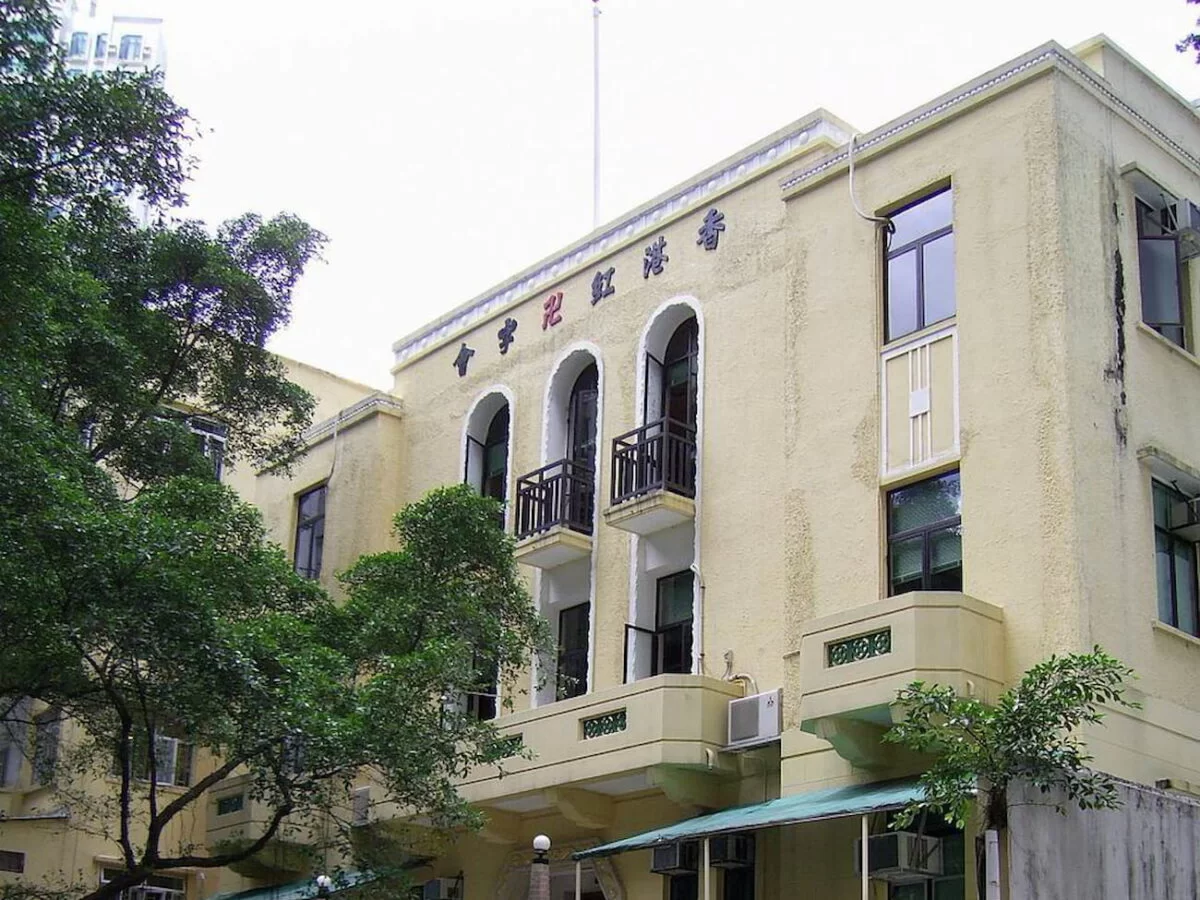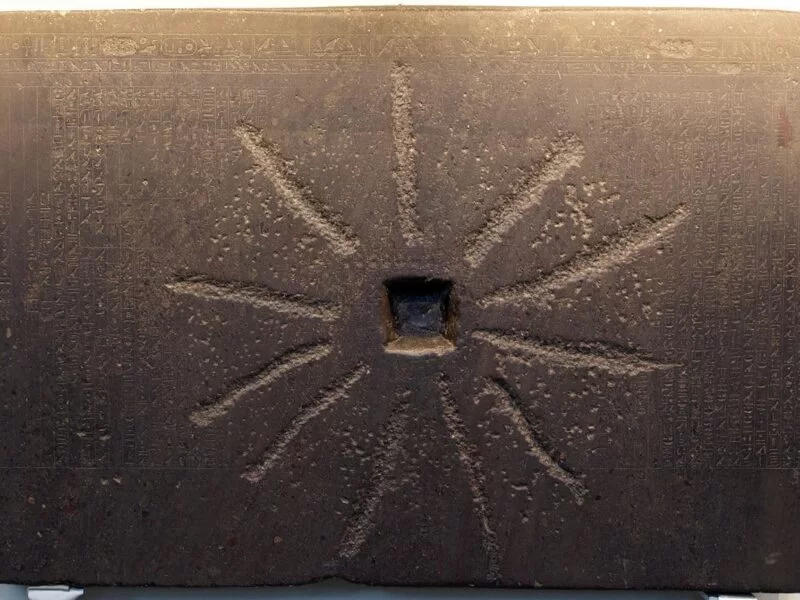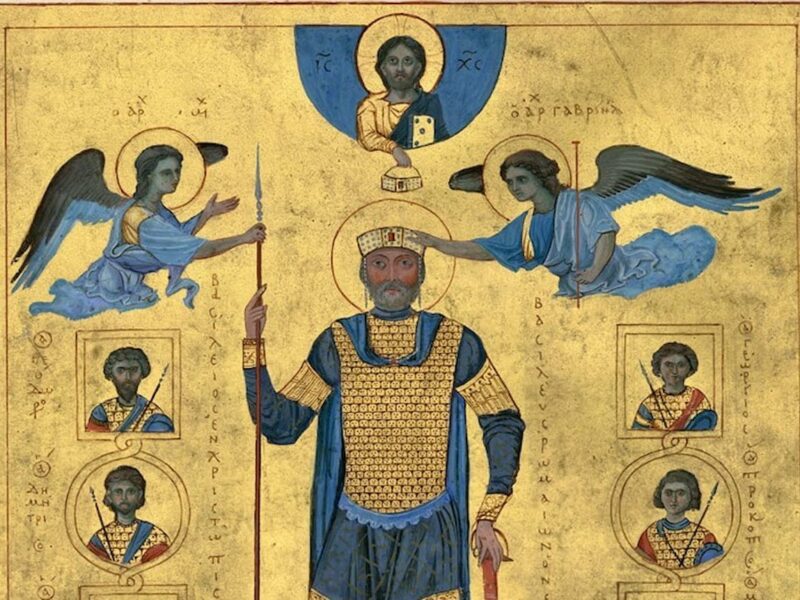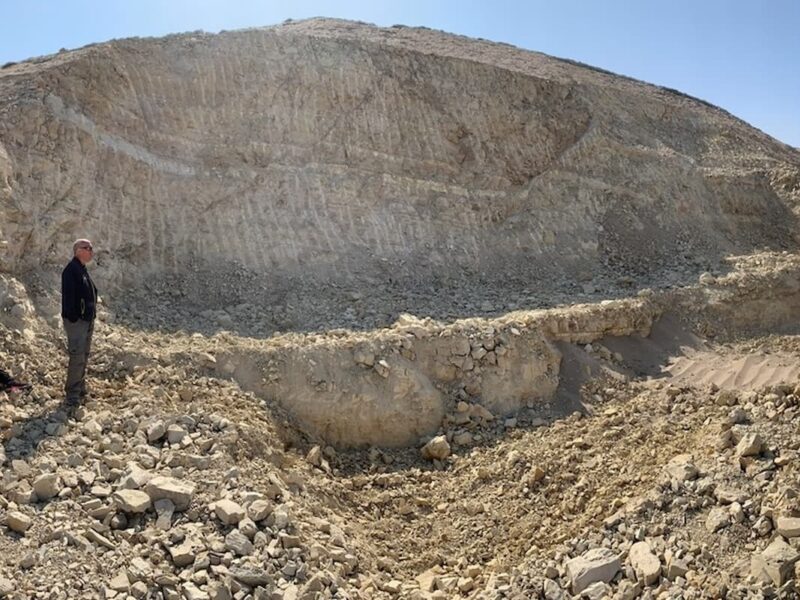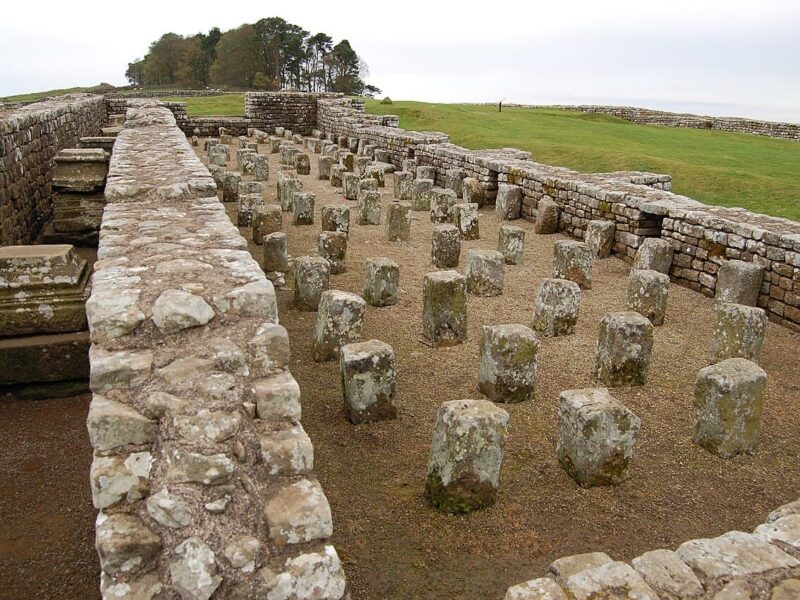In a significant advancement for archaeology in Iraq, an excavation expedition in the historic province of Babylon has uncovered a total of 478 archaeological artifacts, marking a milestone in the study of ancient civilizations that thrived in the region. The mission, led by archaeologist Quhtan Abbas Hassan Aboud, has revealed findings that offer new perspectives on life and culture in ancient Mesopotamia.
The excavation site, numbered 19/3 in the Al-Fayadiya district, is divided into two sectors, named A and B. Sector A, which covers an area of 6 dunums (approximately 6,000 square meters), features two layers of archaeological stratification.
According to Soheil Al-Tamimi, Director of the Department of Excavations, who was present during the visit of the Mission Monitoring Commission, the first layer corresponds to the Sasanian period. However, this layer has suffered considerable damage due to erosion and human intervention over the centuries.

The second, deeper, and better-preserved layer belongs to the Old Babylonian period, which has sparked special interest among researchers who hope to uncover more about the characteristics of urban life during that era.
On the other hand, Sector B, which covers a larger area of 9 dunums (about 9,000 square meters), has proven to be even richer in structural discoveries. In this zone, two well-defined residential units have been unearthed, including rooms of various sizes, possibly intended for different functions in the daily life of the ancient inhabitants.
Among the 478 artifacts found, a wide variety of ceramic vessels, cuneiform writing tablets, and cylinder seals stand out, all in excellent condition.

The visit of the Mission Monitoring Commission, along with Al-Tamimi, concluded with a series of recommendations emphasizing the importance of continuing the excavations to ensure the precise documentation of all findings.
These recommendations include the need for detailed records through drawings and photographs, as well as the proper classification and conservation of the artifacts found, in line with the standards of Iraq’s General Authority of Antiquities and Heritage.
This discovery not only represents a significant advancement in Babylonian archaeological research but also promises to shed new light on the urban development and material culture of one of the most influential civilizations in ancient history. Excavations will continue in hopes of uncovering even more hidden treasures beneath the soil of this historic region.
Discover more from LBV Magazine English Edition
Subscribe to get the latest posts sent to your email.

